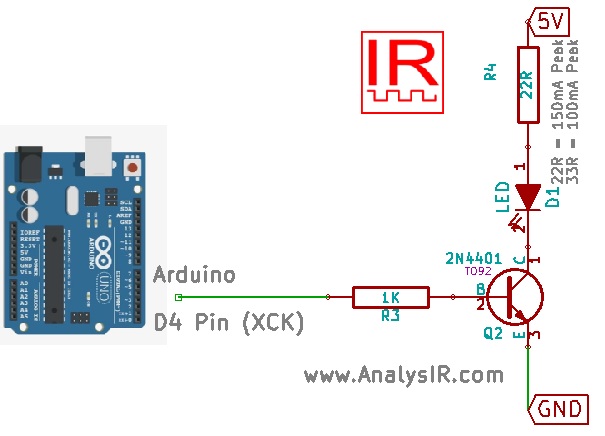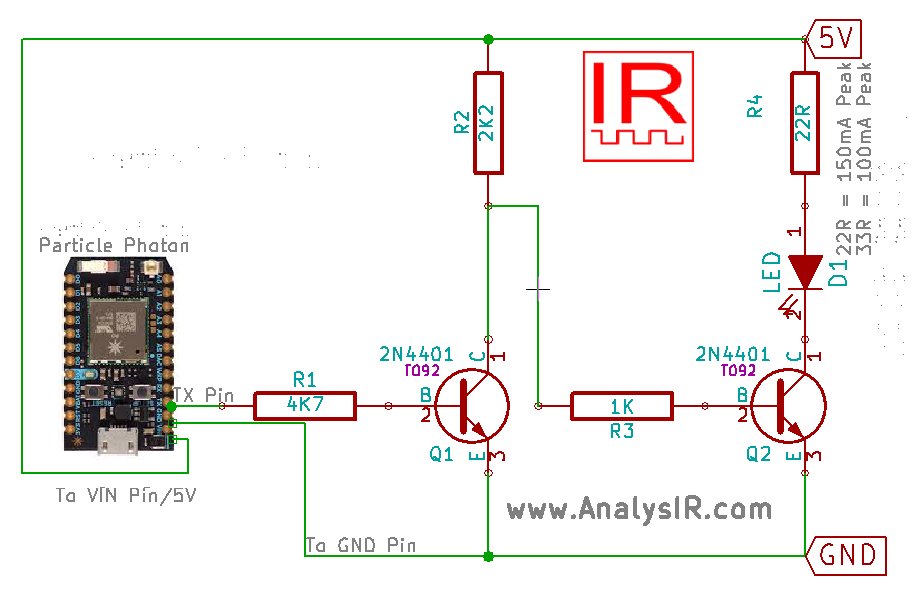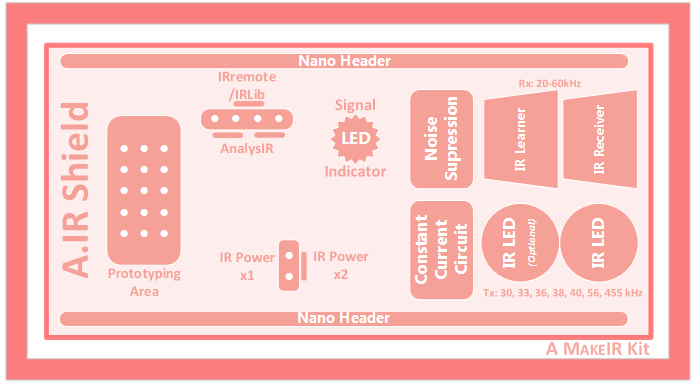In this blog post we follow up on our recent article about generation of infrared PWM from the Photon’s UART where we suggested that it may be possible to achieve something similar with the Arduino. In our previous attempt the Arduino was only able to generate PWM at 40 kHz and 33 kHz using the same approach. After some investigations we discovered a new approach which provides an even better set of results using the Arduino’s USART. Yes, we were able to generate 30, 33, 36, 38, 40 , 56 and surprisingly the illusive 455 kHz which was not possible on the Photon (using this approach). Read on for the details. Readers should also study our original series of articles on ‘softPWM‘ for a better understanding of the source code which can be downloaded below.

Continue reading Backdoor uPWM Hack on Arduino for Infrared signals using UART





